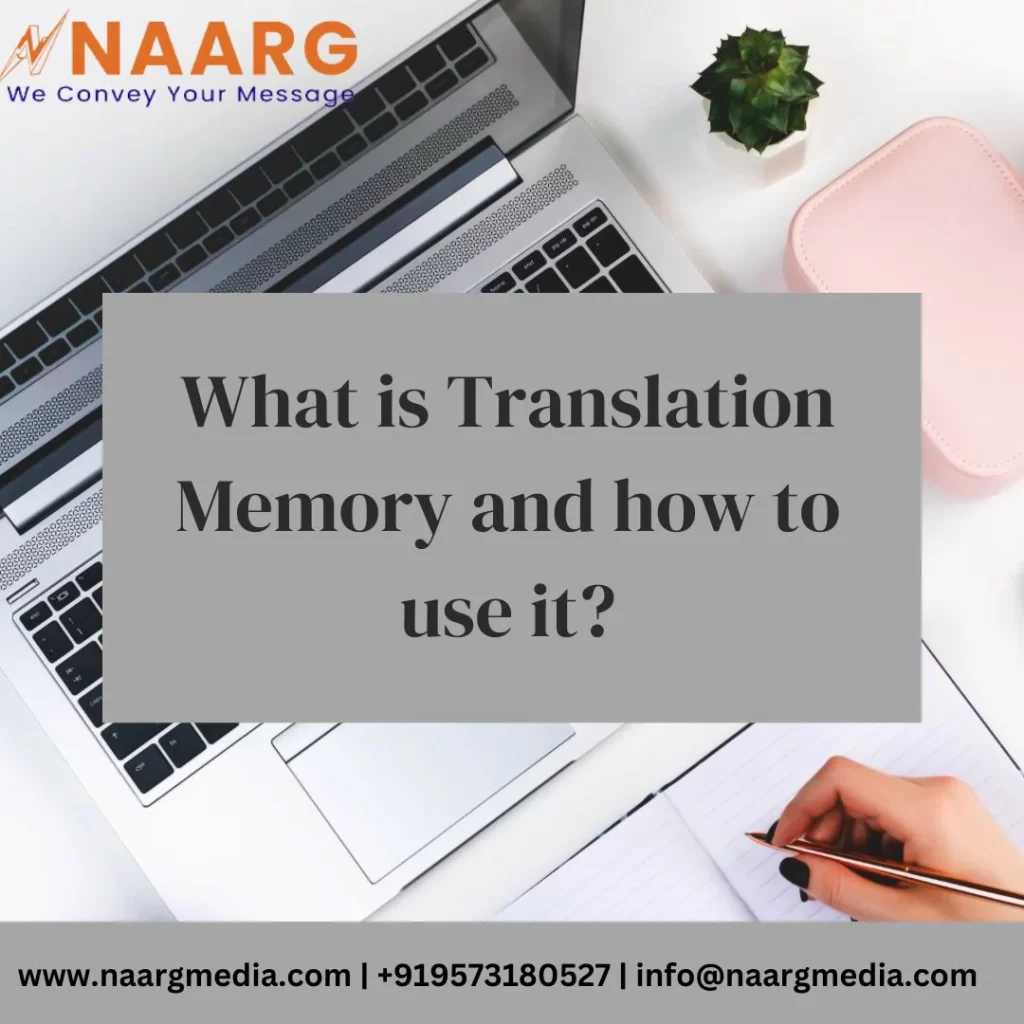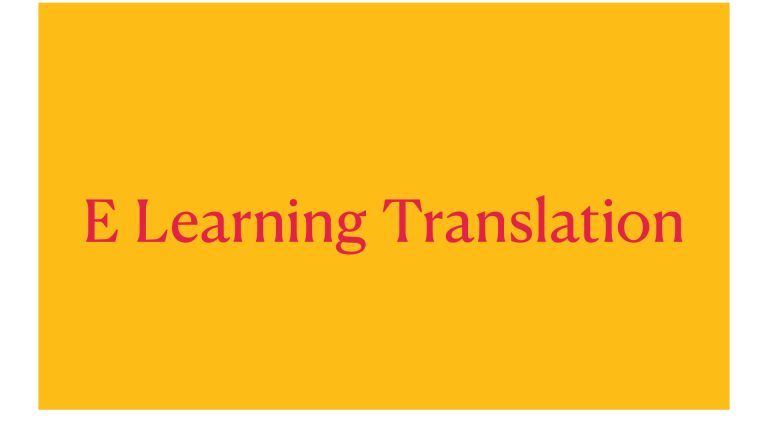The growing need for translated content in the global marketplace has increased rapidly and it has also increased the overall productivity of human translators. And the need to use translation memory has also increased. The invention of translation memory is a milestone for translation technology.
Translation memory is one of the essential pillars of computer-assisted translation cat tools.
Keep reading further to know what translation memory is and how it works and how to use it in translation projects.

What is Translation memory?
Translation memory is created by using a computer-assisted translation(CAT) tool and is a database that stores information, paragraphs, sentences, or segments of text that have been previously translated. The origin of translation memory is traced back to 1978.
This concept of translation memory was first mentioned in the paper and the paper was “The proper Place of Men and Machines in Language Translation” authored by Martin Kay of the Xerox Palo Alto Research Center. He told in the paper about the enhancements of cooperative man-machine systems, which could help the translation industry from the goals of machine translation.
The translation management system has truly revolutionized the way brands and companies localize their products and content.
Whenever a new piece of content like words or phrases is translated, the translation memory will automatically recognize this new content and will create a new entry within your existing translation memory. Translation memory pairs the original content and translated texts together as translation units.
A CSA study in 2019 of more than 7,000 Professional translators and interpreters found that 66% of professional translators use translation memory and computer-assisted translation cat tool for translation projects. This same study also reported that translation memory enables faster deliveries for 86% of professional translators.
Translation memory is not the same as machine translation, which involves a computer translating a document. A translation memory system is a tool that aids professional translators in their work. This enables them to translate at a faster rate and provide consistent translations.
Translation memory is just one element of a computer-assisted translation cat tool. Not only translation memory, but Cat tools also provide a range of other functions, such as glossaries of technical terms, which acts more like a dictionary.
How does translation memory work?
When a professional translator works on a new translation project, the Computer-assisted translation (CAT) tool automatically divides the source text into sentences, segments, lists, or tables. For every new translation the translation memory searches for matches between the source text and the sentences and phrases it has previously translated.
If the tool detects a match between the new sentences and those already stored, the translation memory system automatically displays them in pairs of the source language and target language with their match percentage.
And then, the professional translator can analyze and accept the suggestions based on the percentages. They can also modify and replace it with another new translation, and this new translation will also be stored in a translation memory for future translation.
How is translation memory used in translation projects?
Using a translation memory ensures that you have to contribute fewer hours of human translation to a translation project. Human translators start their translation projects with the help of machine translation. Machine translation will only give the first draft of translations without any quality improvements.
For improved quality of translation projects, translation memory is used. Translation memory uses artificial intelligence to train machine translation tools. Whenever a user uploads a file for translation that supports translation memory, the source text is separated into fragments or segments.
When the professional translator changes the translation, the new segments are then stored in the translation memory.
By using translation memory, it provides you with statistical information about the files that you want to translate. This information is used to estimate the amount of cost and time that a file will require to translate. The more matches, the less time you will spend on translating and editing.
5 Benefits of translation memory
Translation memory is an essential tool for a professional translator, but it is the customers who reap the benefits of translation memory.
Here are some of the benefits of translation memory.
1. Consistency in translation
Translation memory comes with various translation suggestions based on the result of the content that they have previously translated. As more and more translations are performed, the database of words and phrases has more entries.
This boosts the consistency in the translation and professional services must be consistent in their work. Translation memory maintains consistency and saves time for a professional translator.
2. The faster rate of translation
Every client wants faster turnaround times. One of the essential benefits of translation memory is that it speeds up the entire translation process.
Less redundant work is there for professional translators because there is a repository of saved word segments in the translation memory. With a translation memory system, linguists can easily match the source text and they can easily refer to previously translated content.
3. The chances of skipping a line or text are reduced
Translating content line by line can take hours even for a professional translator. And it is possible that they can skip a line or two.
With translation memory, the chance of missing a line of text reduces greatly, as translation memory makes it very clear if a segment or sentence, or line is missing. Using translation memory rescues the chance of human error.
4. Saves Money
This is one of the most essential reasons why many businesses are taking advantage of translation memory systems.
Translation memory saves money as all the past translations are saved in your database and when the new project comes in the source text gets broken down into segments and is compared to previously translated work.
These matches in the translation project help you to make the most of your budget for translation services.
5. Less Experienced translators can be used
One of the benefits of translation memory is that professional translators who are new or are less experienced in some specific industry, such as finance, law, or IT can still provide usable translations. As translation memory cuts down the amount of time it takes to get acquainted with a specific field.
Whatever your project needs, we at Naarg are here with a solution. Feel free to visit our website. Reach us at info@naargmedia.com to know more about our services.




